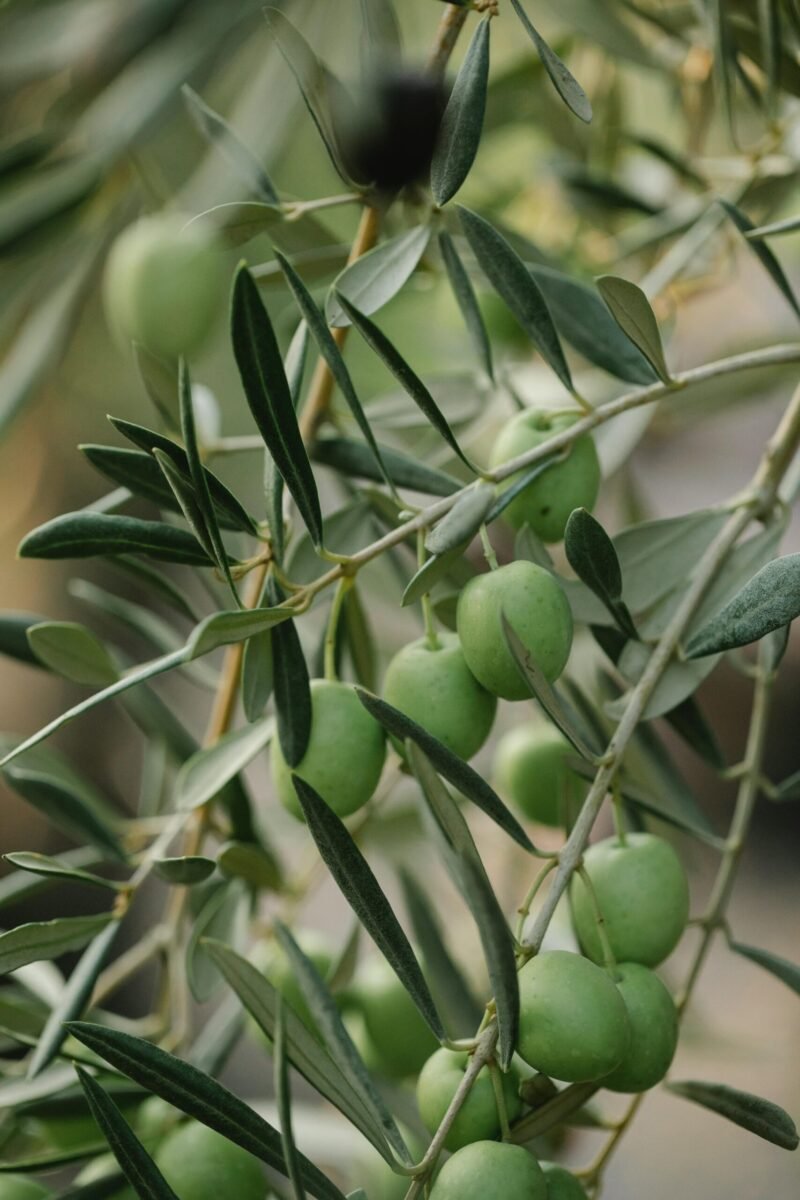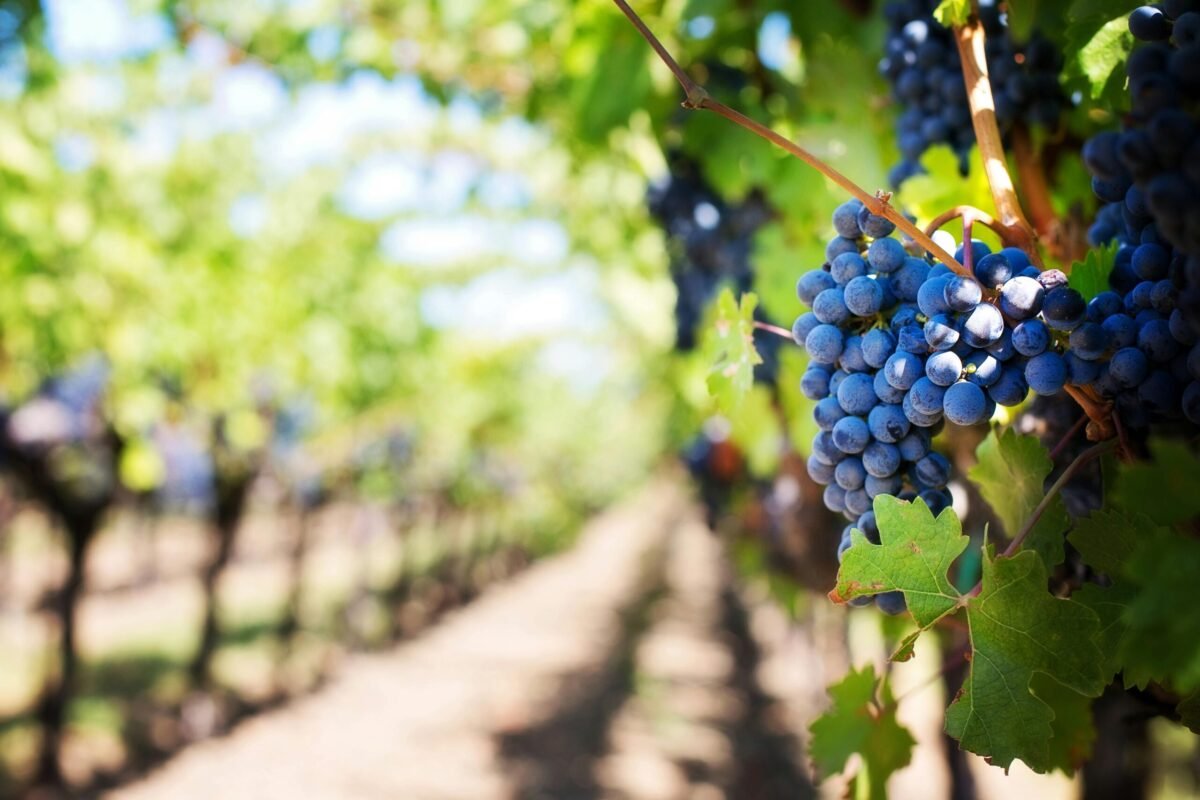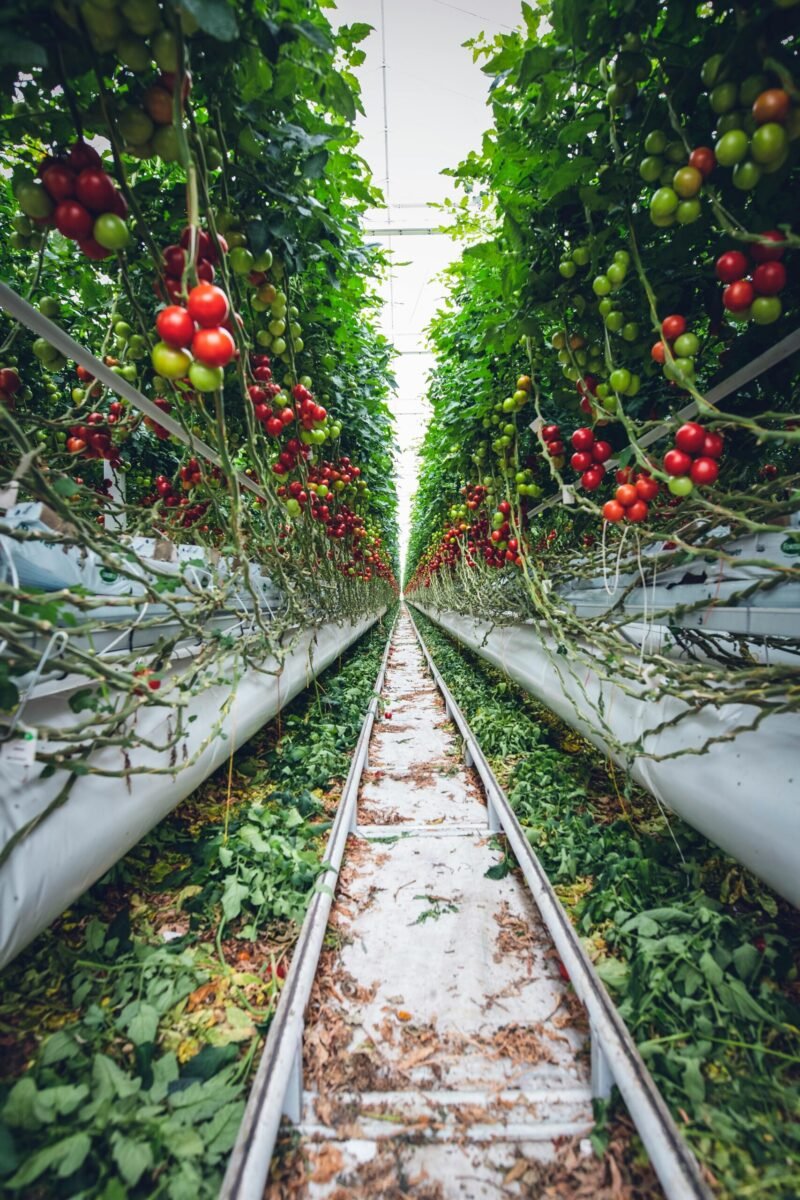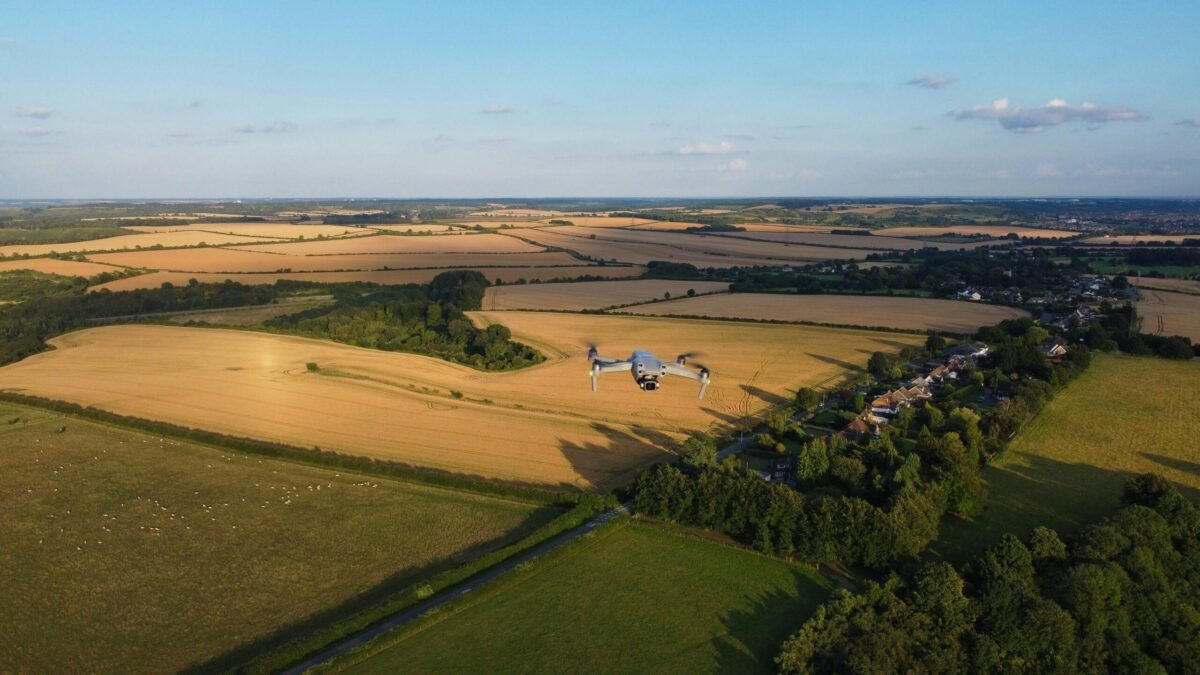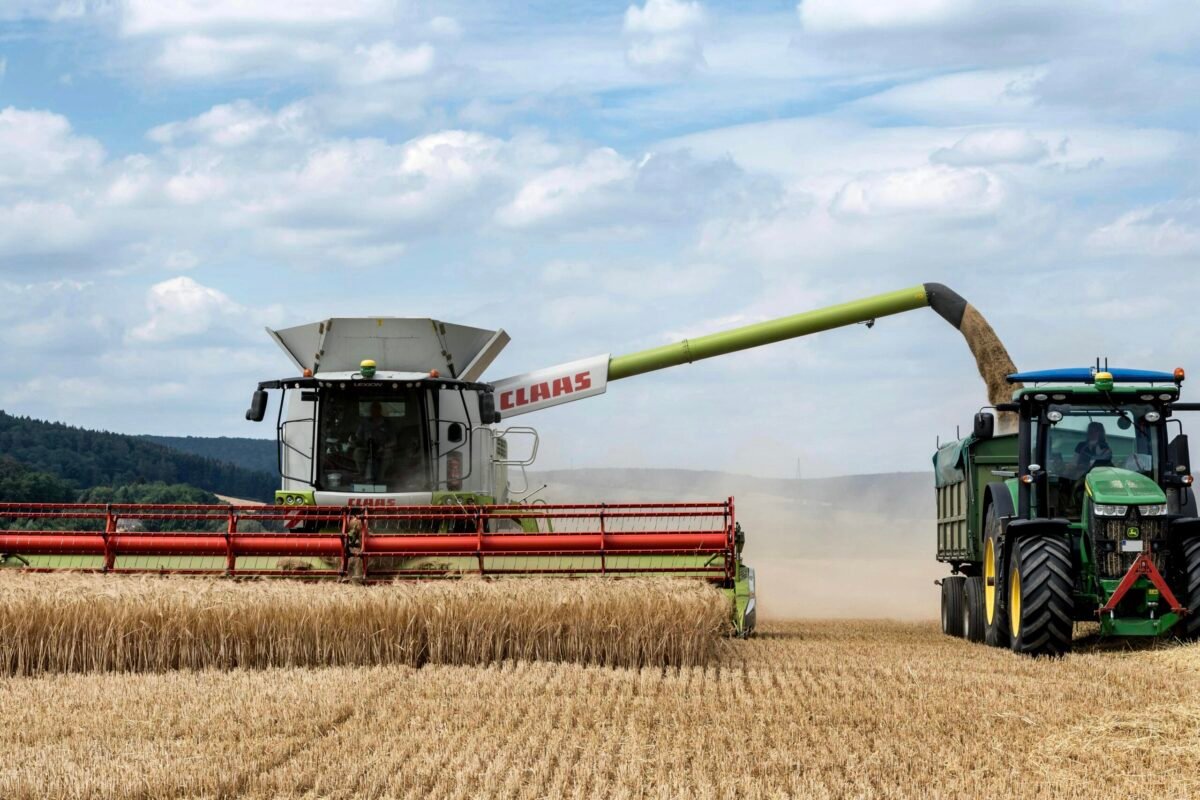Olive oil, often referred to as “liquid gold,” has been a cornerstone of Mediterranean diets and economies for centuries. However, the industry faces mounting challenges due to climate change. Rising temperatures, unpredictable rainfall patterns, and an increase in pests and diseases threaten the quality and yield of olive harvests. Enter artificial intelligence (AI), a technological ally that is transforming the olive oil industry by helping farmers adapt to these challenges.
The Climate Crisis in Olive Oil Production
The olive tree, while resilient, thrives within specific climatic conditions. Prolonged droughts, heatwaves, and erratic weather patterns can lead to poor flowering, reduced fruit set, and lower oil yields. Additionally, pests like the olive fruit fly (Bactrocera oleae) and diseases such as olive quick decline syndrome, exacerbated by warmer climates, are becoming more pervasive. These factors have caused significant volatility in olive oil production, impacting both small-scale farmers and large producers.
How AI is Making a Difference
AI technologies are being deployed across the olive oil value chain to help farmers make data-driven decisions, optimize resources, and reduce risks. Here’s how:
1. Predicting and Managing Weather Extremes
AI-powered climate models and forecasting tools help farmers anticipate extreme weather events. By analyzing historical data and real-time weather patterns, these systems provide insights into when and how to irrigate, prune, or apply protective measures. This ensures that olive trees are better prepared to withstand climate stressors.
2. Precision Agriculture and Resource Optimization
AI-enabled drones and sensors are revolutionizing field management. These tools collect data on soil moisture, nutrient levels, and tree health, allowing farmers to apply water and fertilizers more precisely. This reduces waste and ensures that olive trees receive exactly what they need, even in water-scarce regions.
3. Pest and Disease Management
Computer vision and machine learning algorithms are being used to identify early signs of pest infestations or diseases. For example, AI can detect subtle changes in leaf color or texture, which might indicate stress or infection. Farmers can then take targeted action, such as introducing natural predators or applying treatments only where needed, reducing the use of harmful chemicals.
4. Yield Prediction and Market Insights
AI systems analyze variables like weather data, tree health, and historical yields to predict harvest outcomes. These predictions help farmers plan their labor, storage, and market strategies more effectively, reducing waste and maximizing profitability.
5. Supporting Biodiversity and Agroforestry
Some AI tools recommend intercropping or agroforestry practices that enhance biodiversity. These methods not only improve soil health but also create microclimates that buffer olive trees against extreme weather.
Real-World Applications
Countries like Spain, Italy, and Greece, which dominate global olive oil production, are increasingly adopting AI technologies. For instance:
- Spain: Startups are developing AI-driven platforms that integrate satellite imagery, weather data, and on-the-ground sensors to provide real-time insights to olive farmers.
- Italy: Researchers are using AI to model the spread of the Xylella fastidiosa bacterium, enabling more effective containment strategies.
- Greece: AI is being used to optimize irrigation in traditionally water-scarce regions, ensuring sustainable olive production.
Challenges and the Road Ahead
While AI holds great promise, challenges remain. High initial costs and the need for technical expertise can limit access for small-scale farmers. Moreover, the success of AI-driven solutions depends on the availability of accurate, high-quality data.
To ensure equitable access, governments, NGOs, and private companies must collaborate to provide funding, training, and infrastructure. Policies that promote data sharing and innovation can further accelerate the adoption of AI in olive farming.
Conclusion
AI is not a silver bullet, but it is a powerful tool in the fight against the climate crisis. By helping olive farmers adapt to changing conditions, AI not only safeguards the production of olive oil but also supports the livelihoods of millions of people who depend on this ancient industry. As technology continues to evolve, the synergy between AI and sustainable farming practices will play a crucial role in securing the future of olive oil production in a warming world.

